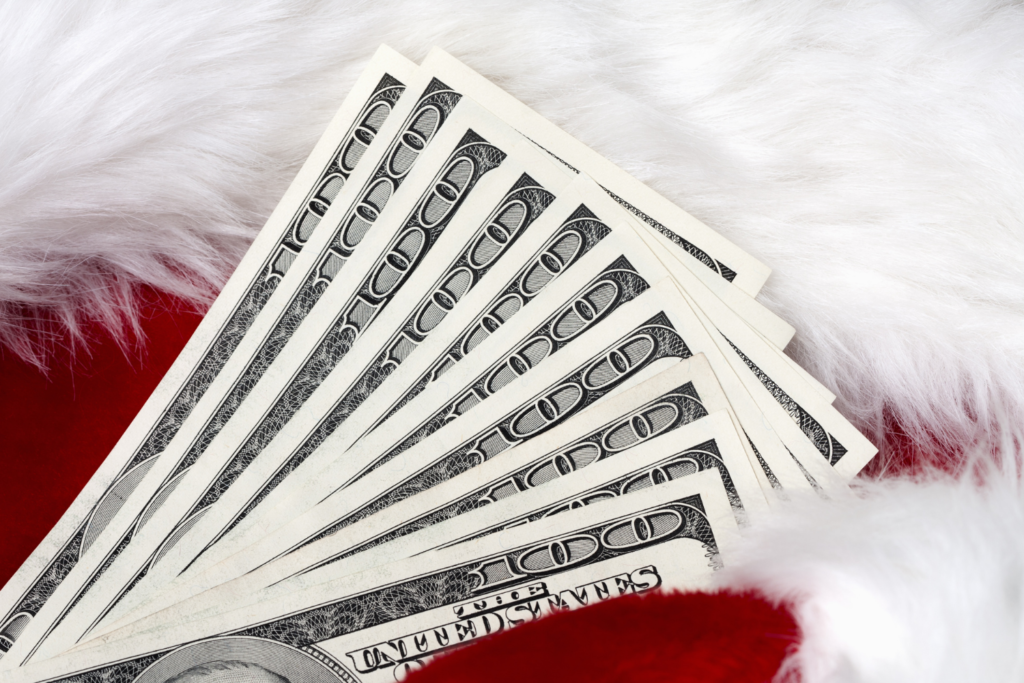
Food prices across the country have risen steadily in the past few years, and shoppers are getting sticker shock every time they head to the grocery store. You are one of those shoppers, and your budget is struggling to keep up with these food costs on a monthly basis. You can’t exactly skip this necessity for the sake of your finances, so you need to find a way to save on food.
But how? These are some of the best personal finance apps that can help you save on food spending.
Contents [hide]
Notes App
Your smartphone’s built-in note-taking app can be a useful tool when you’re grocery shopping. Use it to write down your grocery list before you head to the store. Without a grocery list, you’re more likely to spend impulsively and fill your shopping cart up with items that you don’t actually need or even want. You’ll end up wasting your money.
Food Waste Apps
Supermarket chains and restaurants are trying to reduce their large contributions to food waste by partnering with apps that help them sell food that would normally get tossed into the dumpster, even when it’s still perfectly edible. This food is offered at a discounted rate. As a customer, you can pat yourself on the back for saving money and helping eliminate a problem like food waste.
Some food waste apps that you can use for cheaper groceries and takeout are FlashFood, Too Good to Go and FoodForAll.
Coupon Apps
No one cuts out coupons from printed newspapers and magazines anymore. They use digital coupons, now! Use coupon apps like SnipSnap, CouponCabin or Coupons.com to get coupons and promo codes for your grocery shopping trips. Your favorite retailers like Kroger and Walmart will also offer users coupons through their official apps.
Rebate Apps
If you can’t save money on groceries at the cash register, you can save after you pack your groceries away. Rebate apps like Ibotta and Rakuten will reward you with cash back for your purchases. So, while you won’t save on your initial shopping trip, you’ll save later.
Price Comparison Apps
One way to spend less on groceries is to be strategic with where you shop. Certain supermarkets will offer better deals for the items that you’re looking for. So, how do you find out which store is offering the cheapest price? Use a price comparison app! An app like Flipp, Grocery King or ShopSavvy could help you find the right price for your budget.
Why Should You Try to Spend Less on Food?
Pretending nothing is wrong isn’t a sustainable financial solution for managing rising food costs. Eventually, your budget won’t be able to handle the expense, and you might make some financial mistakes. You might overdraw your checking account or miss important due dates for bills. Or you might feel compelled to use up your savings for everyday expenses instead of the intended savings goals (like using an emergency fund for groceries instead of an emergency expense).
These mistakes can lead to bigger problems. For instance, what will you do if you use your emergency savings to cover grocery spending, and then eventually get hit with an emergency expense? You might not be able to pay it off. In this case, you might need to borrow funds in order to cover the expense in time. You could try applying for a personal line of credit online. A personal line of credit could help you access credit when you need it — like when you’re facing an emergency. As long as you meet the eligibility requirements, you can apply for a line of credit loan.
You can avoid these financial mistakes by adjusting your spending and keeping your budget in check. Adjusting your food costs is a great place to start.
These apps can help you save a lot of money on food. So, download them onto your phone and start using them!





